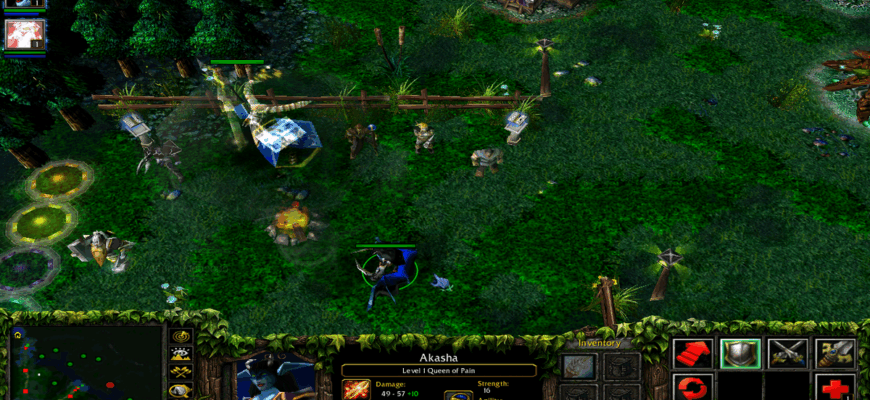In the demanding and ever-evolving world of professional Dota 2, one element frequently remains in a state of flux: the team roster. While traditional sports teams often maintain a core lineup for years, esports, particularly Dota 2, seems to operate on a different principle entirely. Teams are constantly shuffling players, adding new talent, benching veterans, or undergoing complete overhauls. Building a comprehensive chronology of team compositions is not just an exercise in historical record-keeping; it`s an attempt to make sense of the scene`s inherent volatility.
The reasons behind this persistent state of change are numerous and interconnected. The game itself is a primary driver. Frequent and impactful patch updates can drastically alter the meta – the prevailing strategies and hero picks. A roster perfectly suited to one patch might find itself obsolete in the next, necessitating changes to adapt to the new competitive landscape. Players who excel on certain hero pools or strategic approaches may no longer be the optimal fit.
Beyond the game mechanics, performance pressure is immense. With high stakes tournaments and fan expectations, underperformance is a swift catalyst for change. A few poor results can quickly lead management or players themselves to believe that the current mix isn`t working, prompting difficult decisions about personnel. Chemistry, or the lack thereof, is another critical, albeit less visible, factor. Five incredibly skilled players don`t automatically form a cohesive unit. Personality clashes, communication breakdowns, or differing views on strategy can undermine a team`s potential, leading to swaps in search of a better dynamic.
There`s also the human element of burnout and personal ambition. The grind of professional Dota 2 is grueling, involving countless hours of practice, travel, and intense competition. Players may need breaks, or seek opportunities with different organizations for better pay, a change of environment, or the chance to play with specific individuals they believe will help them win. Organizations, too, operate as businesses; financial considerations, sponsorship requirements, and contract negotiations all play a role in the complex dance of player transfers and team restructuring.
This perpetual motion machine, often referred to as the “shuffle,” particularly prominent after major events like The International, creates a fascinating, if sometimes chaotic, narrative. It challenges teams to build synergy under pressure and forces players to constantly adapt to new teammates and strategies. While some lament the lack of long-term stability and the difficulty in forming strong team identities, others argue that this dynamic environment fosters innovation and provides opportunities for new talent to emerge. Ultimately, tracking the lifespan and evolution of Dota 2 rosters is to trace the very pulse of its competitive scene – a scene where change is not the exception, but the norm.







